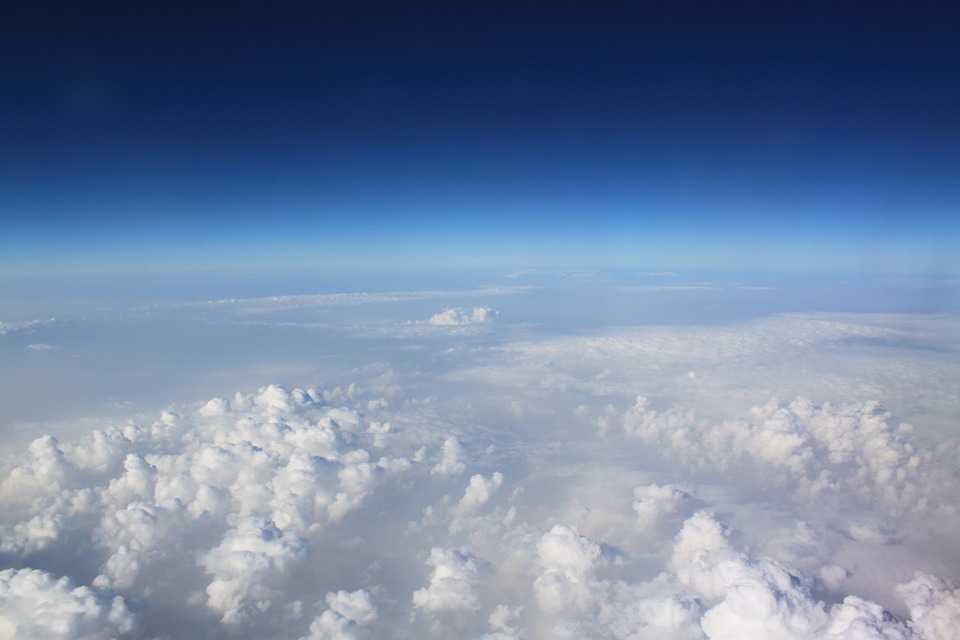High altitude can leave people with a certain type of sickness and edema, which may result in a call for air ambulance transport in many cases. Altitude sickness normally occurs at elevations higher than 8,000 feet. It is a combined result of genetic build-up, underlying conditions, and fitness level. The most common form of this condition is acute mountain sickness.
What Happens When a Person Has Altitude Sickness?
In your job as an air ambulance specialist, you may have come across a patient experiencing this condition. But not everyone knows how to determine whether or not someone has altitude sickness. In case of acute mountain sickness, the patient may experience symptoms like headache, decreased appetite, nausea, fatigue, vomiting, and general malaise.
In some cases, the patient may experience periodic breathing, which can be identified by irregular breathing that is mostly noticeable while sleeping. Many forms of altitude sickness may not be life-threatening although they may limit the body’s abilities. However, air ambulance transport may be crucial for patients with high altitude cerebral edema (HACE) or high altitude pulmonary edema (HAPE).
Providing Air Ambulance Transport for Patients with Altitude Sickness
Acute mountain sickness doesn’t require a specific treatment, but it’s important for people to stop ascent until the symptoms subside. If the symptoms worsen, ensure proper hydration, which can significantly improve symptoms like headache. Descent can normally alleviate most symptoms of altitude sickness.
HAPE treatment requires the treatment of underlying pulmonary hypertension through descent. You will need to administer oxygen and other necessary medications. Even for patients with HACE, descent and oxygen usually help alleviate symptoms like irritability and headache. Many people make the mistake of getting such patients to descend alone. Instead of this, having an air ambulance chopper transport them back to safety is the best choice.


